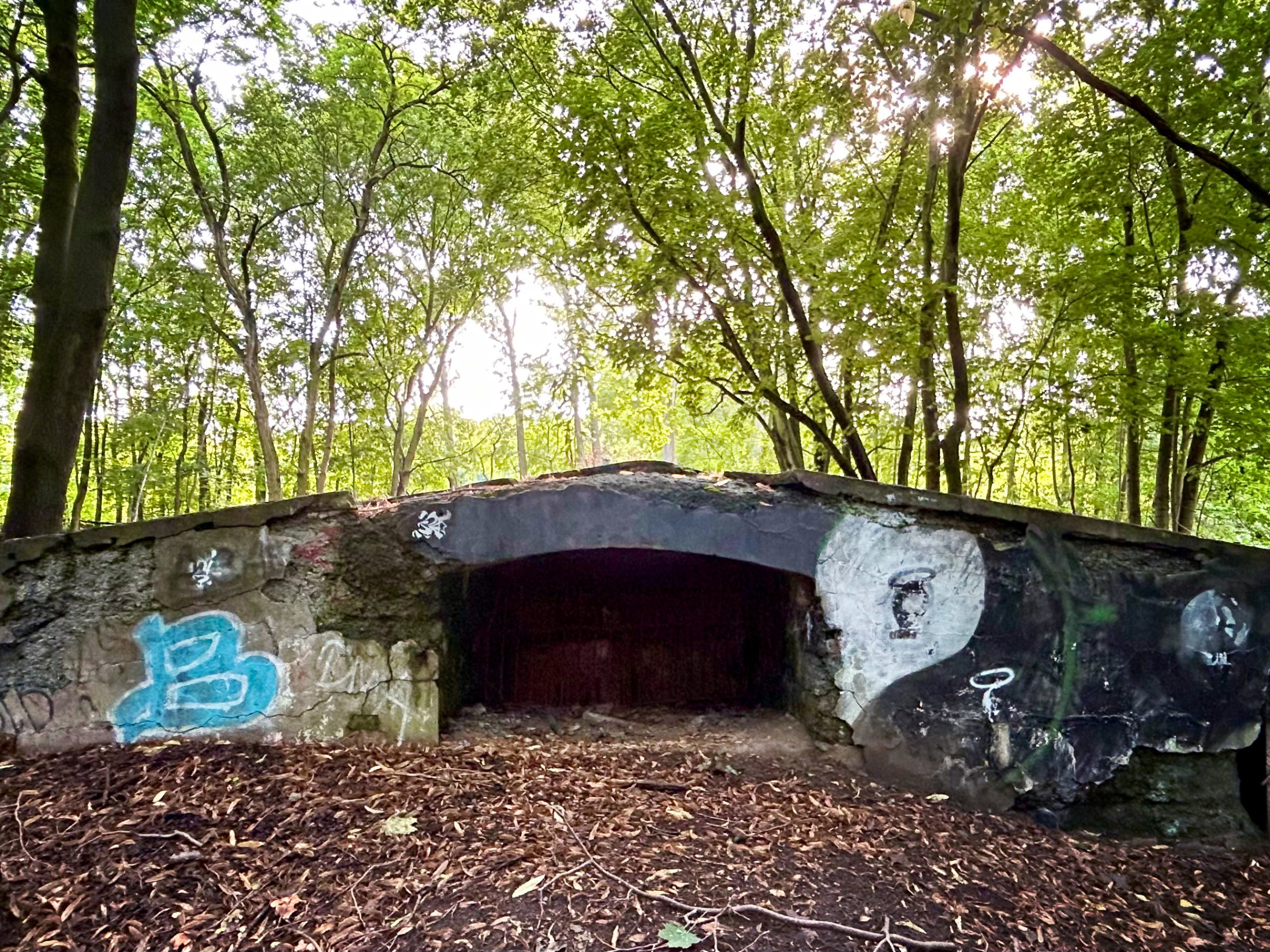
The Bunker with an Amusing Name and a Deadly History
The Luna Bunker is the last remaining building of Berlin’s second largest forced labor camp from World War II – a camp full of death and suffering and named after an amusement park.
Today, the bunker is located in the Volkspark Schönholzer Heide in Pankow in eastern Berlin, which is now a green forest-like area. But it didn’t always look like this.
In 1936, the popular amusement park Lunapark moved from Halensee to the area and was renamed Traumland (Dreamland). And here Berliners could enjoy life until World War II intensified in 1940.
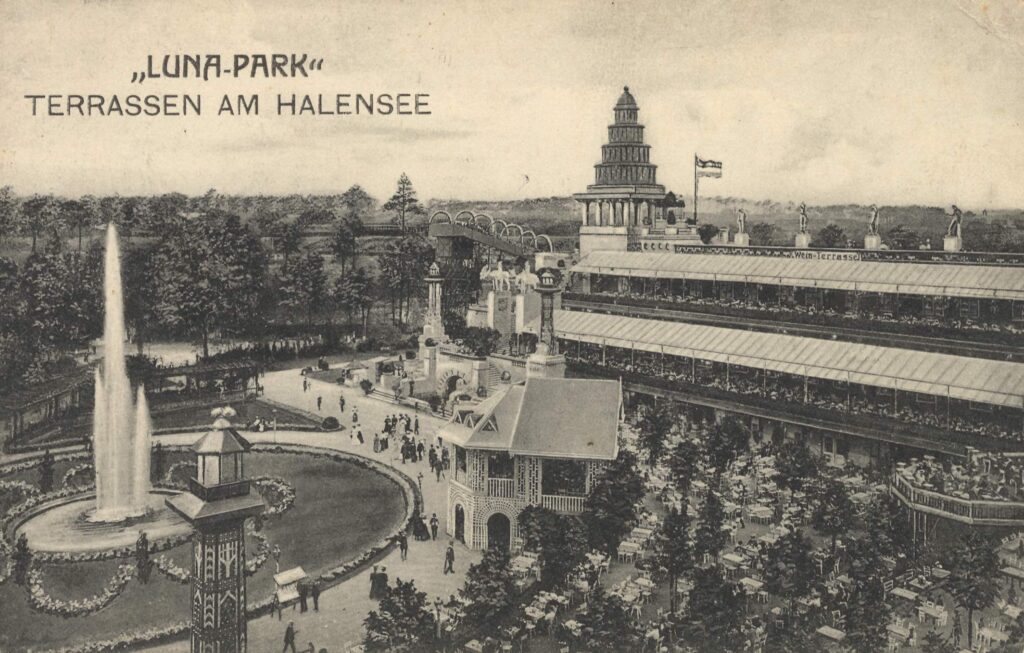
Now weapons and ammunition were to be produced for the front, and the park was turned into a forced labor camp.
Forced laborers from the Soviet Union, Poland, France, Croatia and Italy were housed in wooden barracks between abandoned rides. The camp was named Luna Camp after the old amusement park in Halensee.
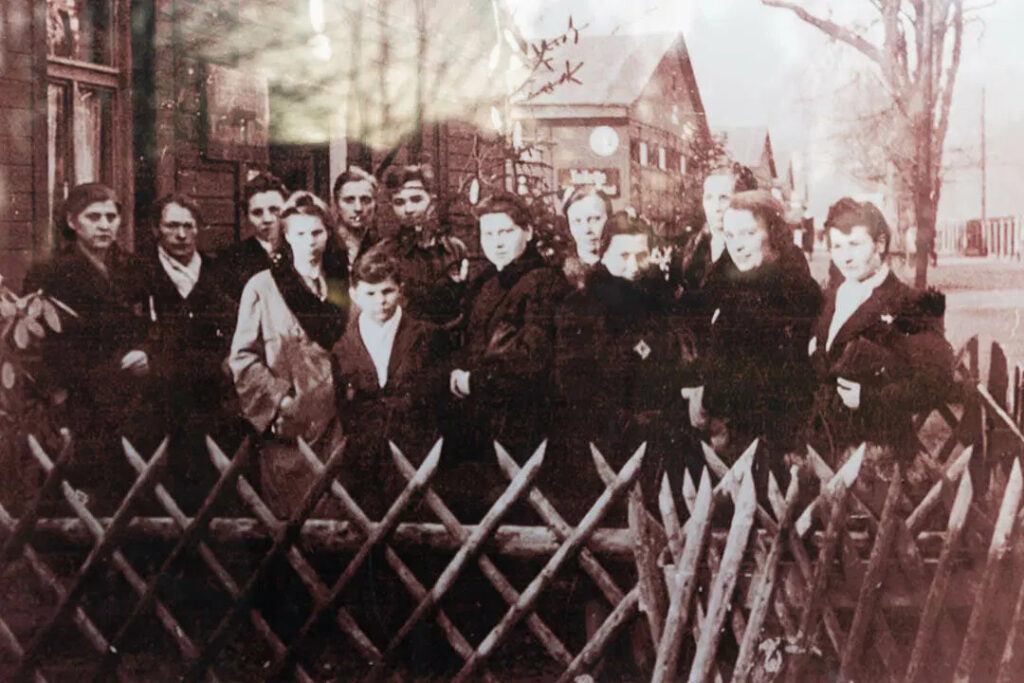
The forced laborers worked for Deutsche Waffen- und Munitionsfabriken AG (German Weapons and Ammunition Factory) and the nearby Bergmann Electricity Plant.
Because many of them were from the Soviet Union, they were so-called Ostarbeitern (East workers), and in the racist Nazi regime they were considered subhumans. As a result, many of them died of malnutrition and disease in the camp.
Nowadays, further into Schönholzer Heide there is a memorial with 352 graves of forced laborers who died in the Luna Camp. The camp was liberated from Soviet troops in April 1945 during the Battle of Berlin.
The Luna Bunker is one of three bunkers in the camp.
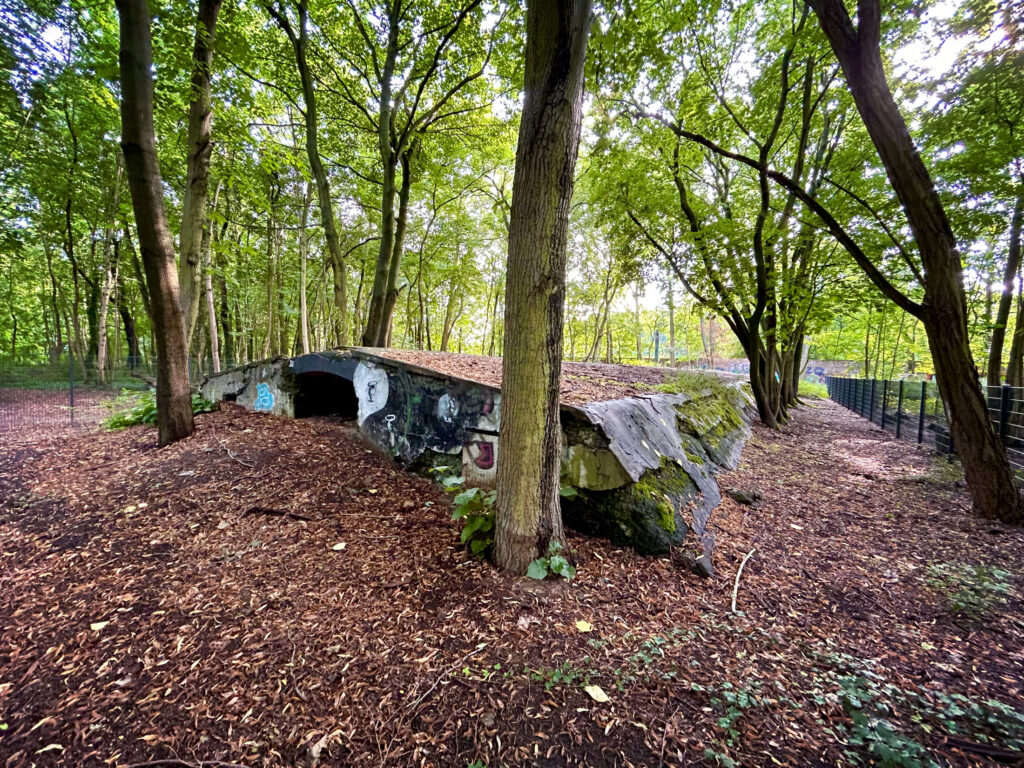
Photo by Chrissie Sternschnuppe@Flickr. CC BY-SA.
The other two bunkers were blown away after World War II, so the Luna Bunker is the last remaining sign of the suffering that took place here from 1940 to 1945.
The bunker was used as protection against Allied air raids, and there are indications that it was used as a communications bunker.
After 1945, the bunker was used to store vegetables, which is why it is popularly known as the ‘potato bunker’. At one point, someone also tried to grow mushrooms inside it.
The Luna Bunker is currently closed to the public because it houses two colonies of Berlin’s protected bats.
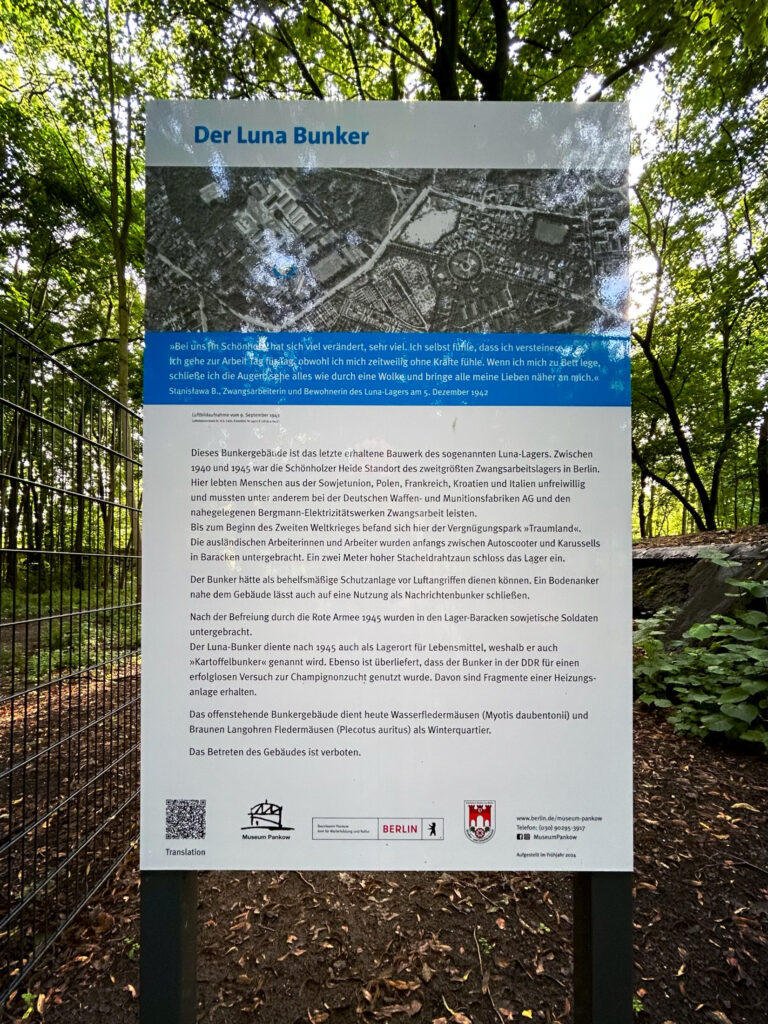
Where:
Schönholzer Heide, Pankow
Family friendly: Yes
Price: Free
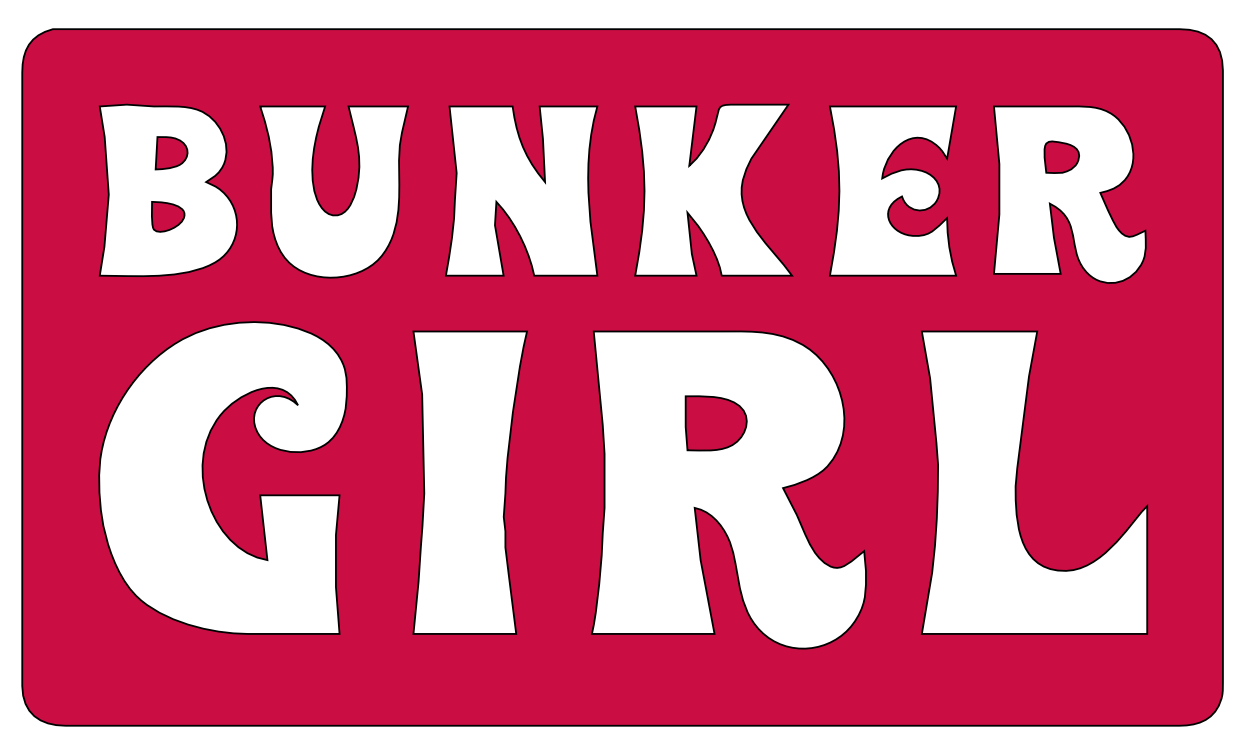
Leave a Reply